Erin Patterson trial: Lunch leftovers stashed in home fridge
Leftovers from Erin Patterson’s deadly lunch sat in the home fridge of a mushroom expert for two nights after a “misunderstanding”, the jury has been told.
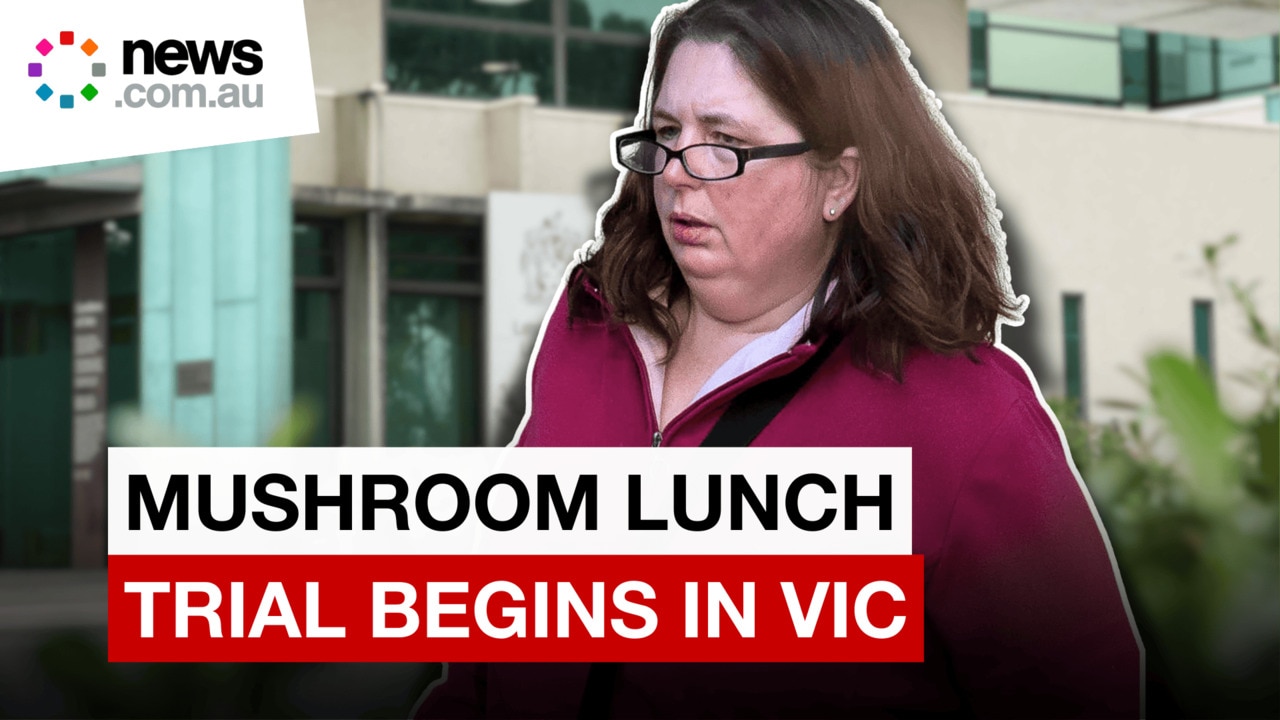
Breaking News
Don't miss out on the headlines from Breaking News. Followed categories will be added to My News.
A mycologist, or mushroom expert, took leftovers from Erin Patterson’s deadly lunch home for two nights due to a “misunderstanding”, the jury has been told.
Giving evidence on Wednesday at Ms Patterson’s triple-murder trial, Dr Camille Truong said she was contacted through the Victorian Poisons Information Centre on July 31, 2023, by a doctor treating two lunch guests.
An image of a text message from Dr Veronica Foote to Dr Truong was shown to the jury, displaying pastry with some brown organic material pulled out.
“Hi Laura, photo of meal, mushrooms finely chopped. Thanks Veronica,” the message read.
Dr Truong responded that she was unable to identify the mushrooms based on the photo, with Dr Foote suggesting the leftovers could be sent for examination.
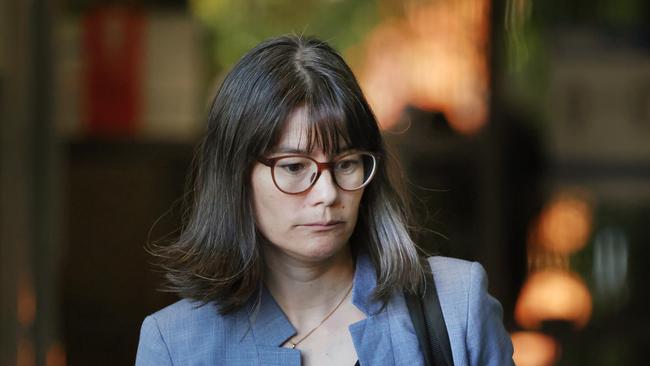
Due to a “misunderstanding”, Dr Truong said she left her workplace, only to receive a message around 5pm that a package had arrived addressed to her.
She told the jury she arranged for a colleague to bring the leftovers to her house, where she had a microscope and conducted an initial assessment.
She said she could not find any evidence of death cap mushrooms.
Dr Truong told the jury she was working in the field the following day, so the leftovers sat in a ziplock bag in her fridge until August 2 when she brought them to work.
She said she conducted a second examination and could only find evidence of “field mushrooms” - the type commonly sold in supermarkets.
‘Extremely unlikely’ death cap mushrooms came from supermarket, jury told
Dr Truong told the court she was advised that Ms Patterson had told doctors there were two types of mushrooms in the lunch — fresh from Woolworths and dried from a Chinese grocer in Melbourne.
She said she responded saying it was “highly unlikely to be death cap mushroom poisoning” based on the information she had.
“I did indicate to her, if the mushrooms had come from a shop, it was extremely unlikely to have been death cap mushrooms because they only grow in the wild... they cannot be cultivated,” she said.
Dr Truong said in the month prior to the lunch there had not been any sightings of death cap mushrooms reported.
Jury shown CCTV of red car visiting tip
About a minute of CCTV footage and five still images taken about 11.34am on August 2, depicts a red 4WD at the Koonwarra transfer station and landfill in Koonwarra.
A woman can be seen carrying an item from the vehicle into a shed at the transfer station.
Dasma group operations manager Darren Canty, told the court he was contacted by police on August 4 and asked to review their CCTV system.
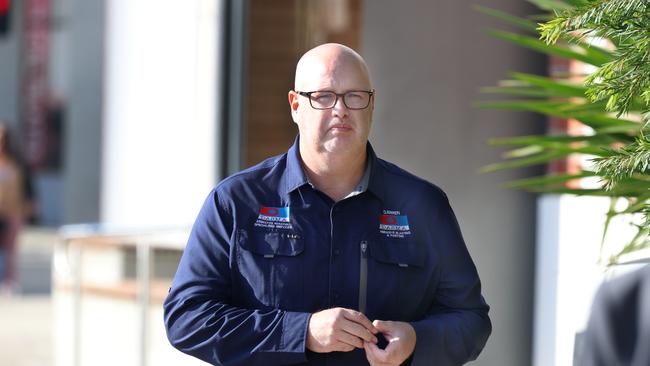
He told the court he found the footage, copied it for police and then sent a staff member out who located a food dehydrator, which appeared to match what the woman was seen carrying.
The jury was told a black food dehydrator with a clear lid was located in the e-waste bin and seized by police later the same day.
The jury was told there is no dispute this was Ms Patterson’s food dehydrator.
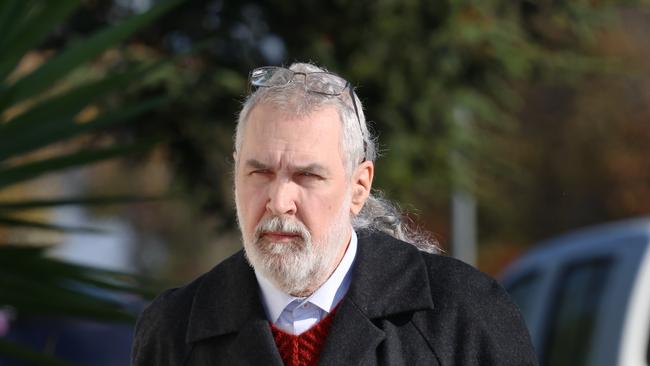
Another death cap case aired in trial
Details of an elderly Victorian woman’s death due to death cap mushroom poisoning have been raised during Ms Patterson’s trial.
Mycologist Tom May returned to the witness box on Wednesday where he was questioned on other known mushroom poisonings in recent years.
He agreed in May 2023, a Chinese tourist was admitted to hospital with signs of organ failure after consuming a young mushroom he’d foraged about 50m from an oak tree.
The tourist spent a week in hospital but was released fully recovered, Dr May said.
The following year, a elderly woman and her son were poisoned after she picked mushrooms growing in her garden on May 15 and prepared a dish, the jury was told.
Both were hospitalised with the elderly woman dying while her son survived, Ms Stafford said.
Dr May agreed he was aware of the case and a coronial report after being contacted by the Department of Health to assist in preparing a campaign warning about the dangers of consuming wild mushrooms.
Public has ‘poor’ ability to correctly identify mushroom: Dr May
Dr May was quizzed on mushroom foragers’ ability to correctly identify wild mushrooms.
He agreed, based on his interactions over decades as an expert, the general public had a “poor ability to accurately identify wild mushrooms”.
Dr May told the jury that he believed mushroom foragers should undertake a years-long apprenticeship to accurately identify mushrooms.
Dr May told the court, in his experience, fresh death cap mushrooms have no particular smell but were “quite sweet”.
“I have dried them on a number of occasions and have found the smell to be unpleasant,” he said.
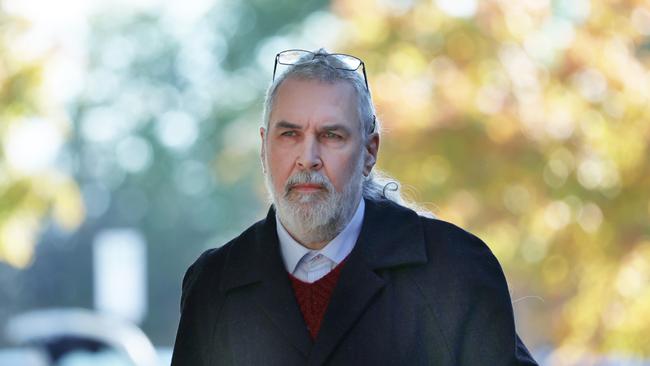
Death Cap mushrooms can be visually similar to other mushrooms: expert
Ms Stafford took Dr May through a series of images of mushrooms taken from citizen science website iNaturalist, quizzing the mycologist on whether they were toxic to humans and visual similarities to death cap mushrooms.
These included the Buttery Collybia, species from the genus commonly known as Honey Mushrooms, the Shaggy Parasol, the Spotted Stem Ringless Amanita and the Spring Field Cap.
Dr May confirmed several of these were known to cause gastrointestinal symptoms while others are not, and each shared some visual similarities to the death cap.
This included a white to green, yellow or brownish coloured cap, whitish stem, white gills, ring and cup.
Most of the species, he confirmed, were believed to grow in Victoria.
Dr May agreed the death cap mushroom can be visually similar to other known mushroom species.
He told the jury he believed he has identified more than 30,000 photos of mushrooms on iNaturalist, but generally will not post an identification without seeing the underside of the mushroom.
Toxic mushrooms difficult to identify: expert
There’s been a “significant” rise in calls to the Victorian poisons centre about mushroom exposures in recent years, the jury was told on Tuesday.
Ms Stafford questioned Dr May on an academic journal article he co-authored in 2023.
The jury was told the study used available mobile and web apps to identify photographs of mushrooms that had been sent to the Victorian Poisons Information Centre – concluding there was a “poor” accuracy in correctly identifying poisonous mushrooms.
“We showed that those apps sometimes failed to correctly identify mushrooms,” Dr May said.
“Sometimes they were misidentified as the wrong mushroom.”
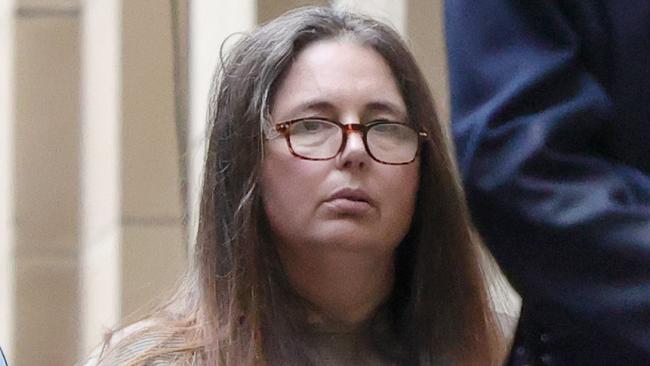
Dr May told the jury the primary motivation for the study was the increasing availability of the apps, but agreed with Ms Stafford that there seemed to be an increase in people foraging for wild mushrooms in recent years.
“And accordingly, poison centre calls regarding mushroom exposures in the state of Victoria have increased significantly in recent years?” Ms Stafford asked.
Dr May responded: “That appears to be the case.”
“There certainly was an increase in the calls during the Covid period, but it was also a rather wet year, so it was actually hard to disentangle these different factors,” he said.
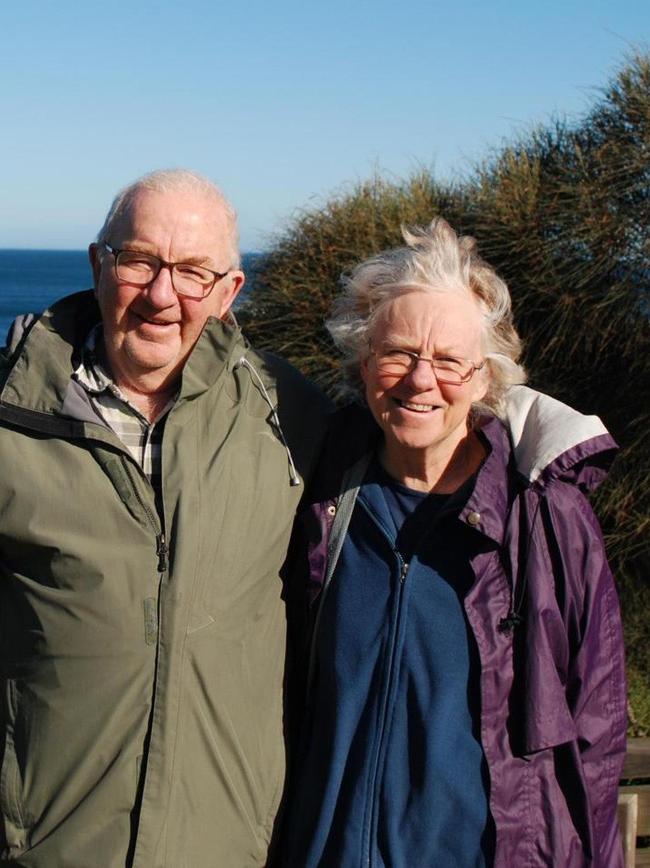
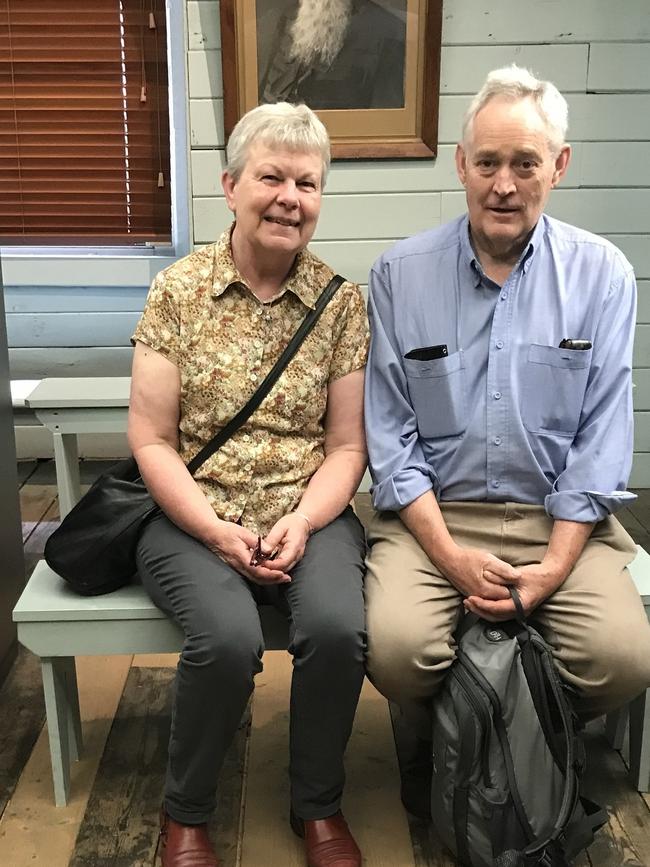
Her husband’s parents Don and Gail Patterson, both 70, and Gail’s sister Heather Wilkinson, 66, died after consuming death cap mushrooms inside a beef wellington that Ms Patterson served.
Ms Wilkinson’s husband Ian Wilkinson, 71, survived after a long stint in hospital.
Ms Patterson has pleaded not guilty to three counts of murder and one count of attempted murder relating to the fatal lunch.
At the start of the trial her barrister, Colin Mandy SC, told the jury Ms Patterson did not intentionally nor deliberately poison anyone, labelling the deaths a tragic accident.
The trial continues.
Originally published as Erin Patterson trial: Lunch leftovers stashed in home fridge



